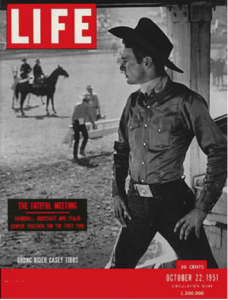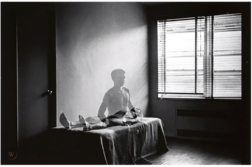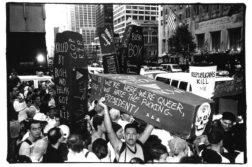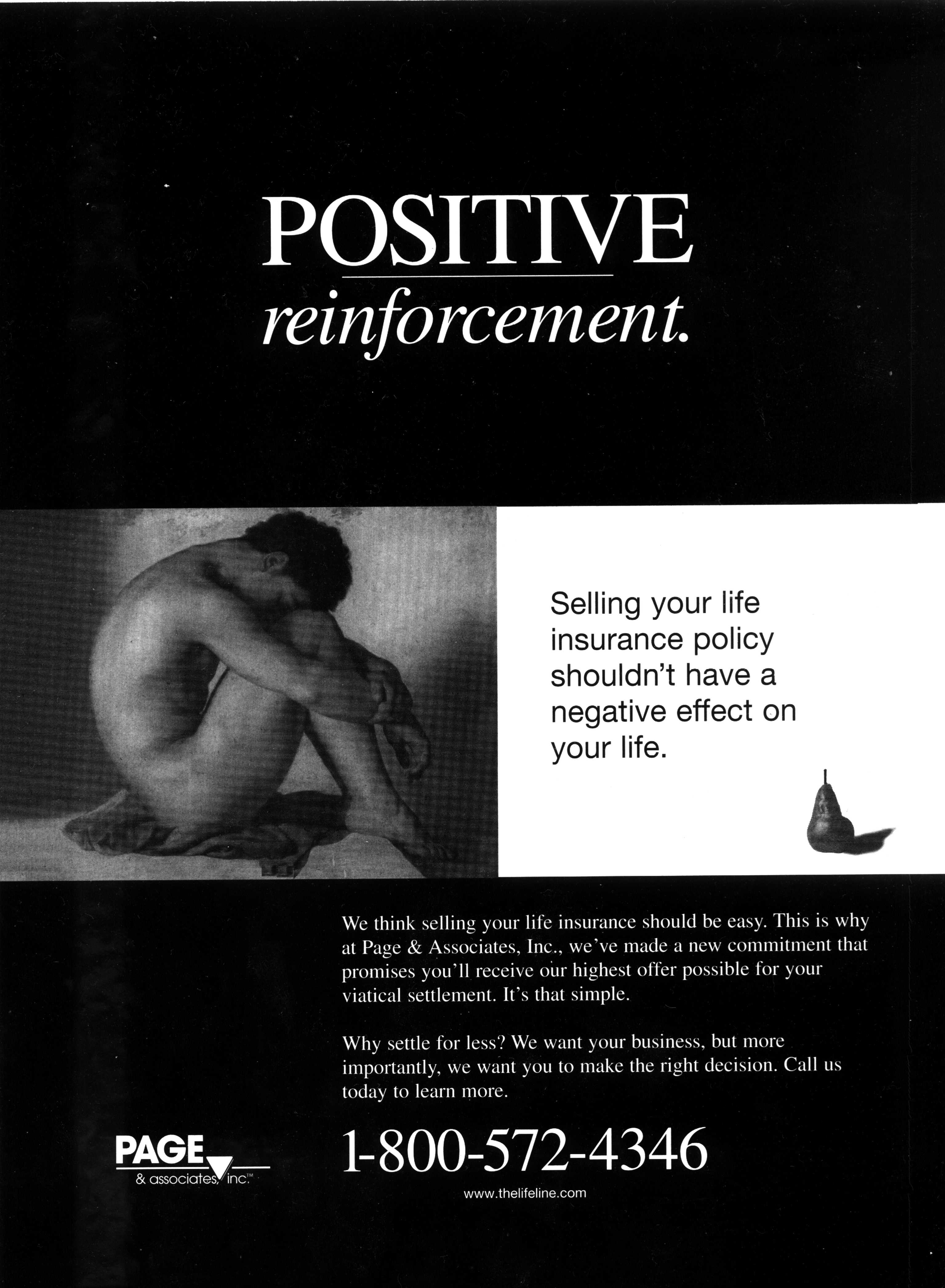THE RECENT DEATH of Heath Ledger, who made his way into gay cultural history by playing a cowboy with homosexual tendencies in Brokeback Mountain, brings to mind the odd but ongoing presence of the cowboy in gay imagery for more than half a century. The image of the cowboy is a powerful one in American history. Since the emergence of gay magazines in the 1950’s, there has been a brisk use of cowboy imagery in the marketing of their allure.

Paradoxically, it was the closing of the American frontier, a development that the U.S. Census Bureau officially declared in 1890, that opened the door for the legend of the West to emerge, starting with the appearance of Buffalo Bill’s Wild West Show (which started touring under that name in 1893). With the disappearance of the American frontier, a central component of the American male’s self-image, there emerged a growing identity crisis for American men around the turn of the century. The U.S. had been urbanizing rapidly during the Industrial Revolution, and the old markers of masculinity, such as ownership of land and livestock, were diminishing as a reality for most Americans. As the frontier images slipped into the realm of legend, there was also a shift of focus from the trappings of masculinity to the male body itself. Increasingly the markers of virility involved the male physique, a focus that often blended with the image of the cowboy or the frontiersman. In a book titled Physique Pioneers, David K. Johnson remarks that:
By the turn of the twentieth century, college football reached a mass audience, the Olympic Games had been revived, and Bernard McFadden had begun building a health and fitness empire publishing Physical Culture magazine. Such sporting activity served to assuage fears that the new conditions of industrial life weakened men, particularly white “native bor

n” men, and caused new nervous diseases such as “neurasthenia.” Eugene Sandow, known as “the perfect man,” became the first international bodybuilding superstar. Photographs of his nearly naked body circulated in magazines and postcards all over Europe and North America.
From the 1920’s through the 1940’s the magazine market saw a plethora of magazines with titles like Strength and Your Physique that catered to the new male fitness craze.






